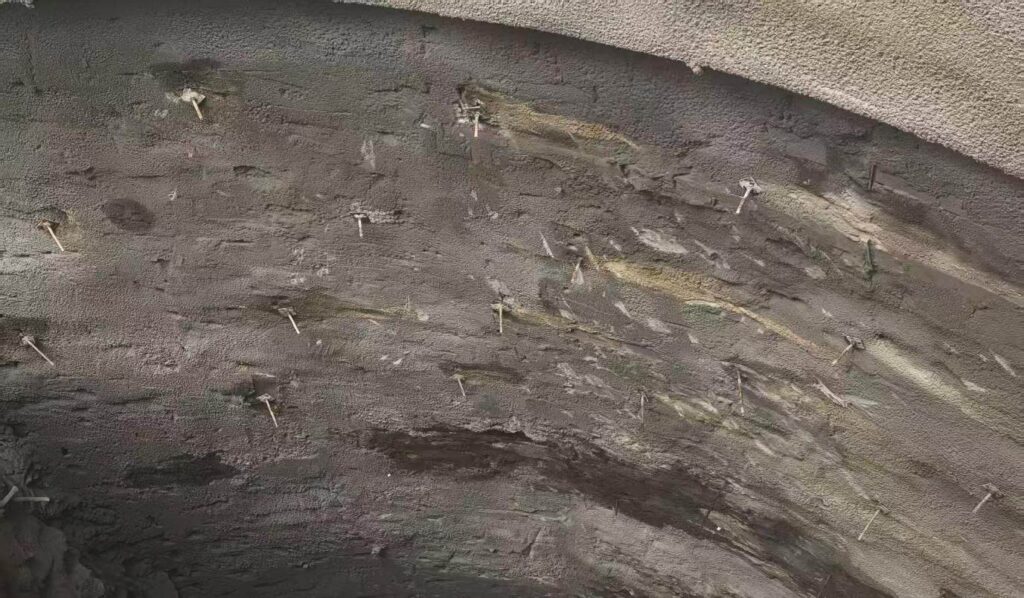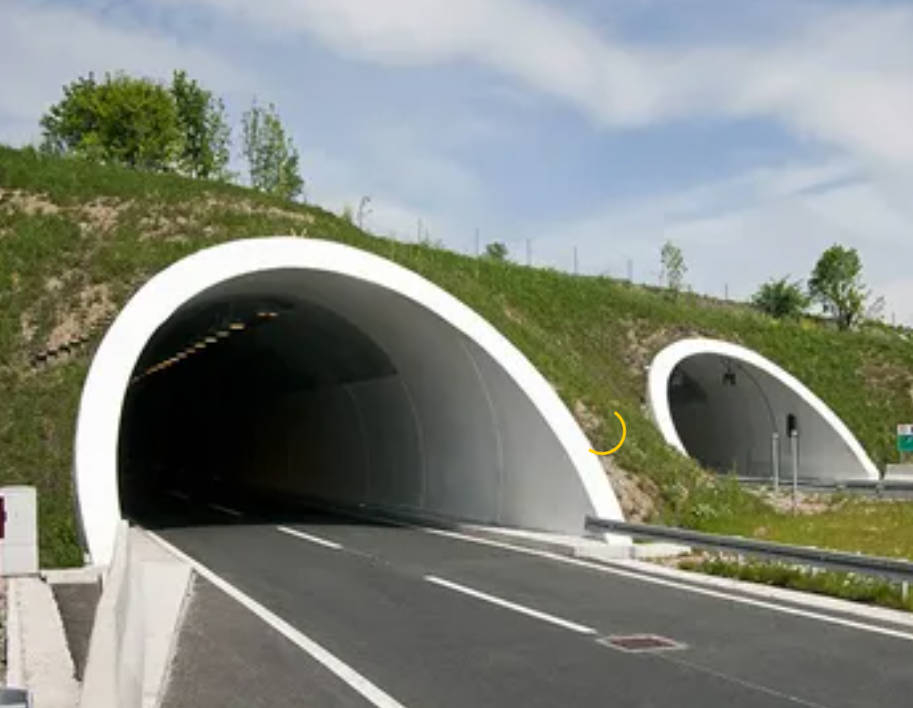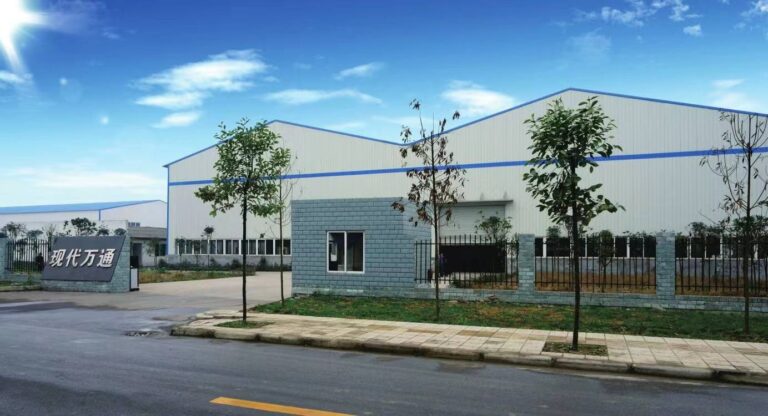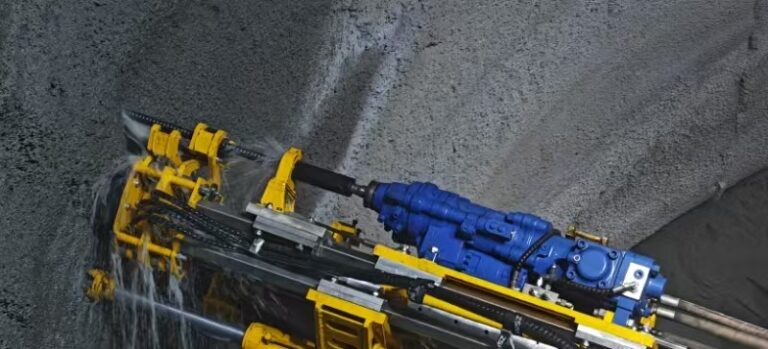When the subject is buildings, bridges, or factories, most people’s first thoughts are of steel beams that are of giant proportions, tall cranes, or machines that are huge. Nonetheless, there are far more critical elements in the structure that are hidden deep inside the concrete; these are simple, standard anchor bolts that are the basic means of support. The bolts are the “actors” who are always behind the scenes, but without them, the whole of the metal parts can fall, move, or shake. Thus, it is not only the engineers who resort to the anchor bolts for their own safety; the builders also do so to ‘lock’ their buildings, as one of the most reliable safety devices in construction, just like the engineers.
What Exactly Is a Standard Anchor Bolt?
To simplify, a standard anchor bolt is essentially a heavy steel rod that is embedded into concrete for the purpose of holding down heavy stuff. It resembles the way a building’s foundation and everything else that is built upon it work hand in hand. They are different in L-shaped, J-shaped, or straight rods with the attached plate; however, their function has always been the same one: so that the steel frames, machines, or tall columns do not wag at all.

Why Do They Matter So Much?
Think of a wind turbine getting a strong blow or a bridge overloaded with cars traveling over it every day. The structure would eventually become loose or inclined without a set of robust anchor bolts. So these bolts are produced to:
- Take up heavy loads such as tension, shear, and vibration.
- Ensure that even under heavy stress, the alignment will still be kept.
- Be the strong resistance to different harmful factors such as rust, earthquakes, and weathering to ensure safety for a long time to come.
In a nutshell, they are small components that have a crucial role.
Where Are Standard Anchor Bolts Used?
They are used almost everywhere, where heavy-duty stability is required:
- At a construction site to install steel columns and beams.
- In projects such as bridges, highways, and railways.
- The initial support of the coal mine also requires hollow anchor bars.
- At energy plants, starting from oil rigs and going on to wind farms.
Their ability to adapt to different things makes them an ordinary choice in projects from different parts of the world.

Choosing the Right Standard Anchor Bolt
A hollow anchor bolt is not suitable for all kinds of projects. The following factors of the engineers are considered:
- Load requirements – the total maximum weight or force under which the bolt should operate will be the matter decided.
- Material – carbon steel is the most common one, while stainless steel is highly resistant to corrosion.
- Environment – salty air near the sea or chemical plants, both need an extra layer of protection.
- Compliance – hollo anchor bolts need to be certified by standards like ASTM or ISO to ensure safety.
The wrong decision can lead to the weak foundations of the project; this is why careful selection is so important.
Industry Trends You Should Know
The world of construction is changing constantly, and so are the anchor bolts. Some significant areas of interest are:
- Corrosion-resistant anchor bolts for marine and coastal construction.
- Pre-fabricated bolt cages that save time during foundation work.
- Seismic-resistant anchor bolts for earthquake-prone areas.
- High-strength designs to support renewable energy projects like wind farms.
These moving trends indicate that anchor bolts are to be considered for their smartness and strength rather than just being ‘standard parts’.
FAQs
Q1: What is the most common size of a hollow anchor bolt?
There are different sizes; however, R32, R38, T40, T52, and T76 are the most widely used sizes in construction projects.
Q2: Is it possible to remove anchor bolts and then use them again?
No, they are not removable nor re-utilizable. Once they are installed and stressed, they lose their reliability.
Q3: What is the longest-lasting material?
Stainless steel is the most durable in harsh environments.
Q4: Are anchor bolts safe during an earthquake?
Yes, if they are designed and installed following the seismic codes.
Q5: How are the bolts placed?
Installing them in a voided or fresh concrete, before it sets, or using expansion or epoxy systems, they are fixed in the hardened concrete, are the typical ways of installation.
Final Thoughts
The standard anchor bolt, which might seem like a mere steel rod, is definitely the unseen hero of modern construction. As such, skyscrapers, wind turbines, and other machines are not held up by anything else but the anchor bolts that make sure these structures stabilize. So, engineers, builders, and developers are to purchase and put their money into good-quality anchor bolts not for the sake of materials only, but for the sake of safety, the present, and the future of the construction industry.





